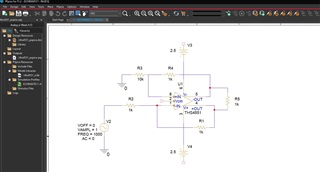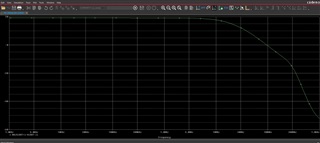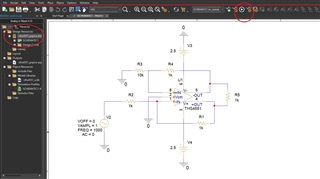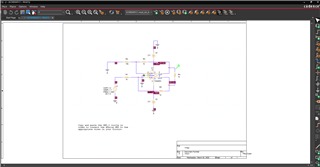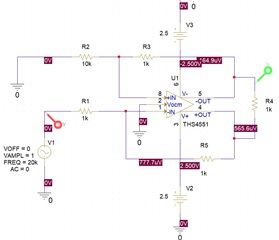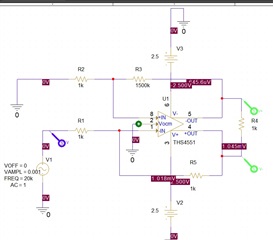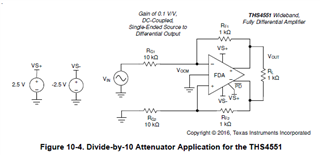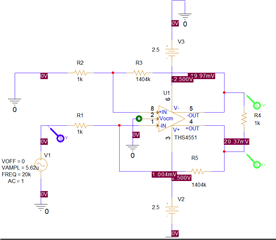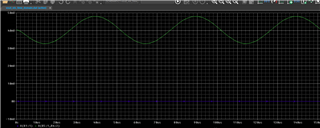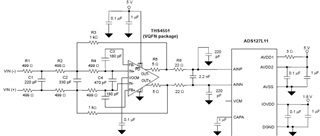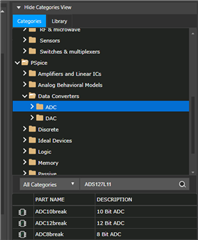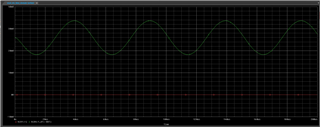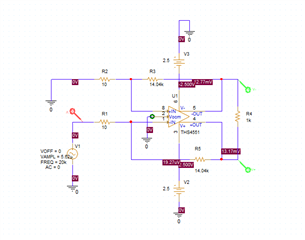Other Parts Discussed in Thread: ADS127L11, TINA-TI, THS4531, THS4531A
Hello,
I'm a new user, and I would like to use a AOP THS4551. After download PSpice for TI, I can draw the electronic assembly (see in this attached the picture) but when I'm trying to simulate, It's impossible. Do you know what is stopping me from doing the simulation ?
Thank you for your helps.
Regards
